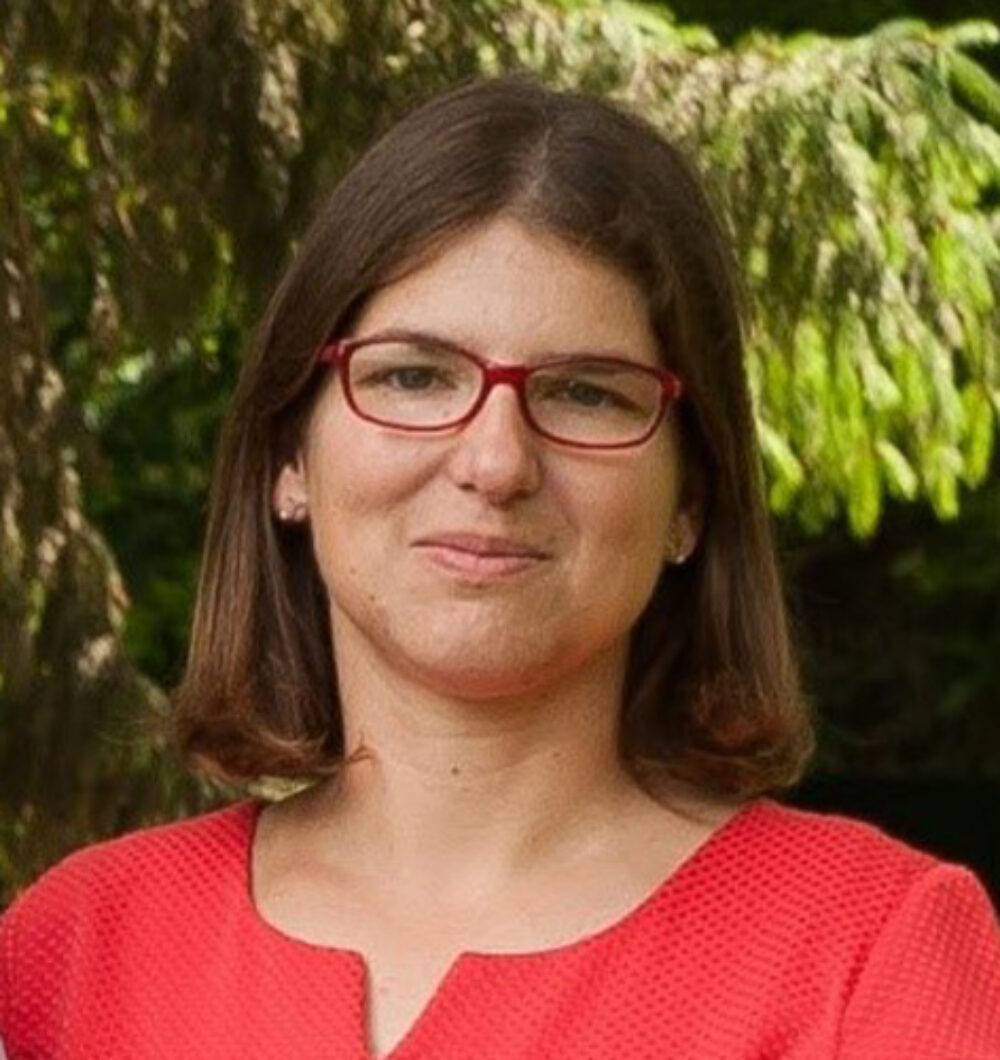
Jelena Pavlović
Abstract
The objective of this paper is to examine the impact of integrating renewable energy sources (RES) with variable primary resource on existing power sources within a production-consumption area. Our methodology is based on simulation testing using a Hardware-in-the-Loop (HIL) laboratory setup. The model includes two turbo units connected to 110 kV busbars, with a wind power plant providing approximately 20% of the traditional power plant’s capacity connected in parallel. We utilized a typical power variation diagram of the wind turbine to analyze the effect on voltage and generated reactive power of the traditional power plant. Both power plants are equipped with a standard virtual power plant controller, and we accounted for typical numerical power variations across the wind farm. Additionally, we considered a typical daily voltage variation diagram at the connection point to the 110 kV grid. Our analysis results indicate how variations in energy production from RES influence voltage and reactive power variations at the connection point. These findings are crucial for the optimal integration of RES, battery energy storage, and controlled consumption into a virtual power plant.
Keywords: renewable energy sources, wind turbine, virtual power plant, Q-V control
Biography of the presenter
Jelena Pavlović, dipl. ing. E.E
She obtained a degree in electrical engineering in School of Electrical Engineering, University of Belgrade, in the study group for automation.
A 15-year long work experience gained in Nikola Tesla Institute in Center for automation and regulation, in the fields of Q-V control, reactive power, group regulation, modeling, turbine governing systems, fast transfer and complete control systems of small hydro power plants. She is head of the Specialized laboratory for testing of turbine governing systems.
Jelena is a member of Serbian national committee of the International Council on Large Electric Systems CIGRE and Committee N004 – Hydraulic turbines within Institute for standardization of Serbia.
Author and co-author of several technical and scientific papers.


